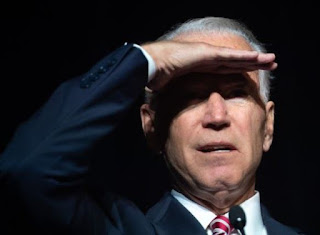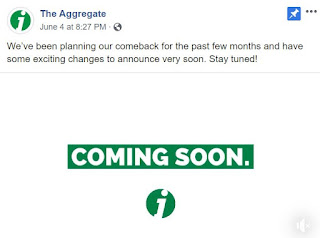Original title: BELATED NAWBANY WEEK IN REVIEW: "Councilman calls for closer scrutiny of New Albany police spending."
Following is a revealing article in the local chain newspaper. It seems that council member Al Knable, a Republican (not a Democrat or member of some other smaller political party), mentioned keeping an eye on police expenditures during the forthcoming budgetary process.
(As a relevant aside, the municipal budgetary process for next year stands to be very interesting, indeed, given the pandemic's effects on business, both local and statewide. It's hard to imagine any increases, and far easier to envision necessary cuts. Consequently, for the first time in a while, the budget might well become highly politicized.)
Concurrently, Jeffersonville's Mayor Mike Moore, a Republican, recently announced an effort to equip its police force with a new generation of high tech body cameras.
If my memory can be trusted, New Albany has rejected cameras in toto in the past on grounds of cost; as we can see in this excerpt, perhaps the consensus among elected Democrats (as opposed to Republicans, who have not enjoyed a majority on city council since before this blog was founded in 2004) is that such cameras are simply redundant in a city that doesn't have the sort of problems other cities do.
As an aside, isn't Pyongyang also an example of a city that doesn't have the sort of problems other cities do? The North Koreans keep saying so, at the very least.
Another point worth considering is the quote from the mayor to the effect that if our council is interested in social programs, members have had ample time to bring them to the table, and in fact should already have done so.
Te reiterate: Democratic Party council members have had an unassailable majority for most of the past 16 years. Based on this plain fact, there is a strong suggestion that any social program forthcoming from council would necessarily emanate from Democrats, as opposed to Republicans, or else have no chance whatever of passage.
For most of the past 16 years.
I cannot recall substantive social programs being proposed by Democrats during this time, but if there were and I've missed them, please let me know and we can update and discuss.
In closing, allow me to note that since his return from Kentucky, Daniel Suddeath has contributed quite a lot of genuine substance to coverage of New Albany. He's lapping his immediate predecessor, the former assistant editor.
As yet it remains problematic for me to support the management of the newspaper, as it seems unable to acknowledge reality on the ground in this community. I wish this might change. If publisher Bill Hanson were to make a serious effort to change the newspaper's approach in terms of coverage, and analyzing events from a cross-section of the community rather than just one demographic, I'd purchase some variety of on-line subscription.
However Hanson can begin by acknowledging the thousands of hits NA Confidential has directed toward the newspaper's on-line advertising since 2004.
Bill, just say "thank you, Roger" -- and shake up that guest columnist roster -- and I'll give you some money
Deal?
Councilman calls for closer scrutiny of New Albany police spending, by Daniel Suddeath
... Mayor (redacted) said Tuesday that the council, administration and public should scrutinize the budget every year. Funding public safety and programs that improve the community isn’t an either/or proposition, he continued.
“If any of the council members are serious about funding social programs, I would hope they would have brought those concerns up in the past instead of waiting for a lot of unrest,” (redacted) said. “I don’t think it’s fair to pit the police department against social spending.”
New Albany Police Chief Todd Bailey participated in a recent rally and protest walk in the city’s downtown. He said during the June 13 event that the NAPD values its partnership with the community, and that the department is demilitarized and has banned some of the questionable tactics and procedures of other police agencies that have drawn criticism.
(Redacted) also offered his support for the NAPD, adding that he’s aware of the concerns people have about policing, but stressing that departments and police officers have to be viewed on individual merits and not generalized.
“I think the New Albany Police Department has an outstanding record when it comes to treating people fairly,” Gahan said. “I think it’s a mistake to imply that we have the same type of issues other communities may be experiencing and to use what’s going on in other communities as an excuse to defund the police department.”
The June 13 rally in New Albany was historic, and it served as a call to action to community leaders, (Al) Knable said. The protest should lead to meaningful changes that include how the local government views the budgetary process, he continued ...


































